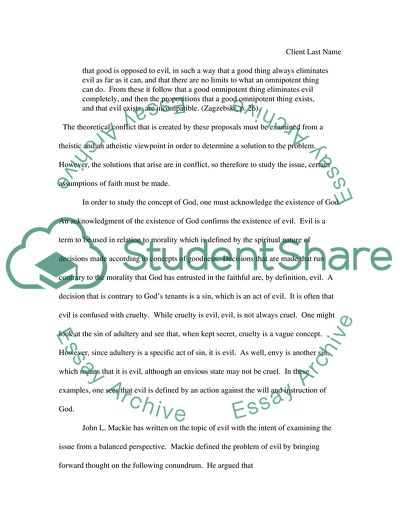Cite this document
(The Problem of Evil Term Paper Example | Topics and Well Written Essays - 3000 words, n.d.)
The Problem of Evil Term Paper Example | Topics and Well Written Essays - 3000 words. Retrieved from https://studentshare.org/religion-and-theology/1719309-the-problem-of-evil
The Problem of Evil Term Paper Example | Topics and Well Written Essays - 3000 words. Retrieved from https://studentshare.org/religion-and-theology/1719309-the-problem-of-evil
(The Problem of Evil Term Paper Example | Topics and Well Written Essays - 3000 Words)
The Problem of Evil Term Paper Example | Topics and Well Written Essays - 3000 Words. https://studentshare.org/religion-and-theology/1719309-the-problem-of-evil.
The Problem of Evil Term Paper Example | Topics and Well Written Essays - 3000 Words. https://studentshare.org/religion-and-theology/1719309-the-problem-of-evil.
“The Problem of Evil Term Paper Example | Topics and Well Written Essays - 3000 Words”, n.d. https://studentshare.org/religion-and-theology/1719309-the-problem-of-evil.


